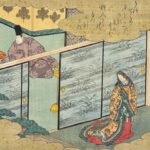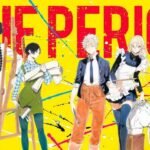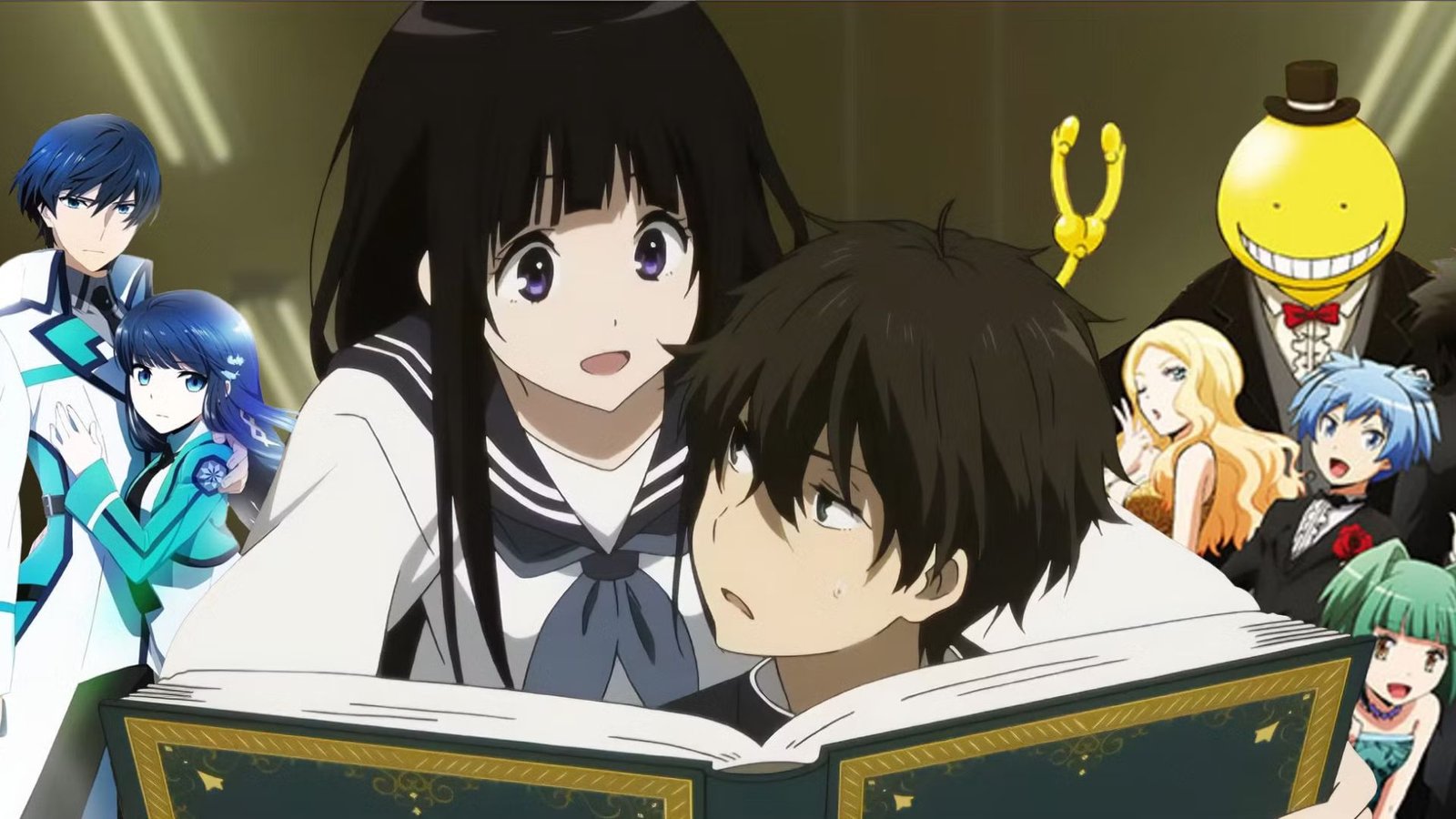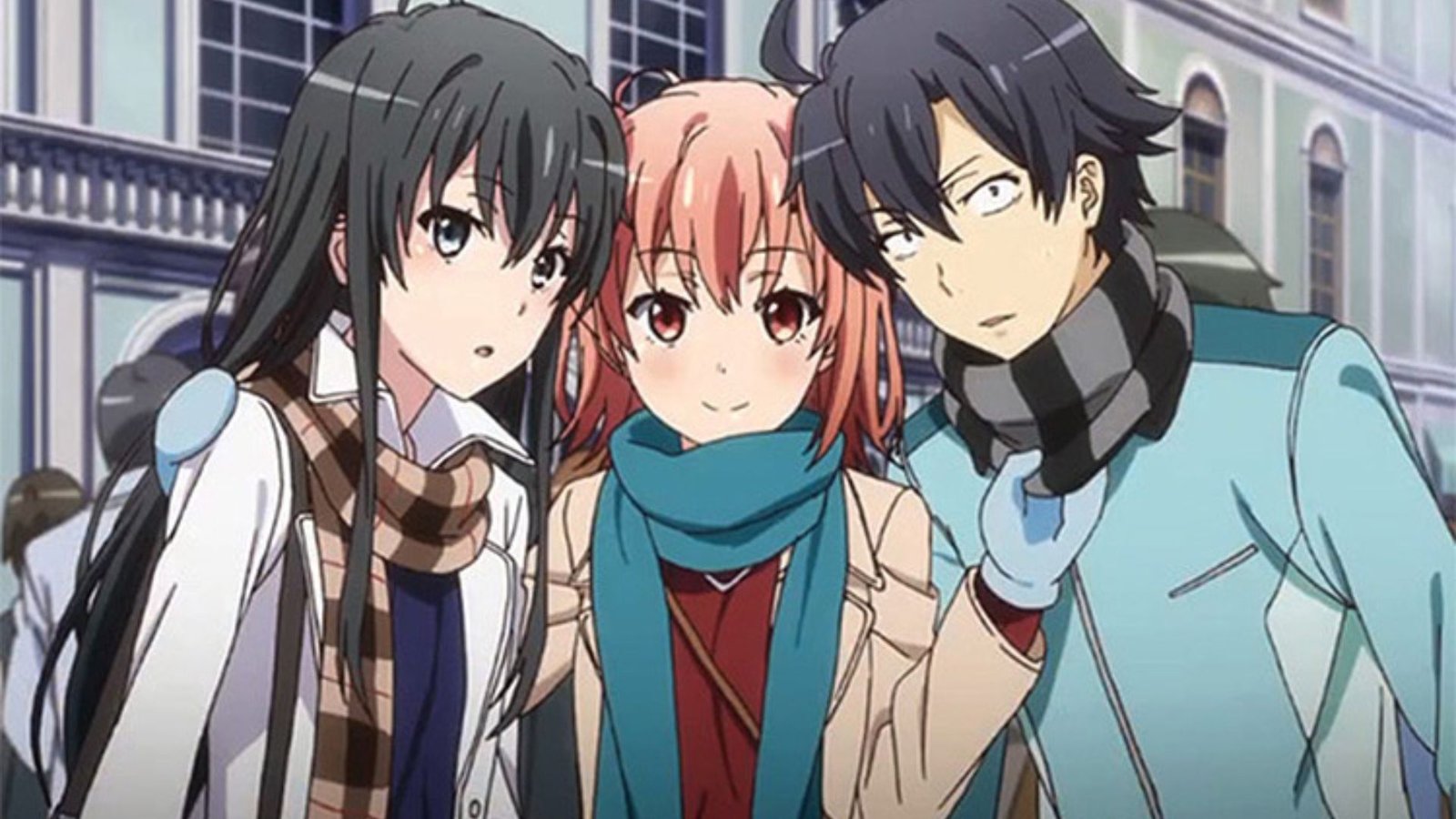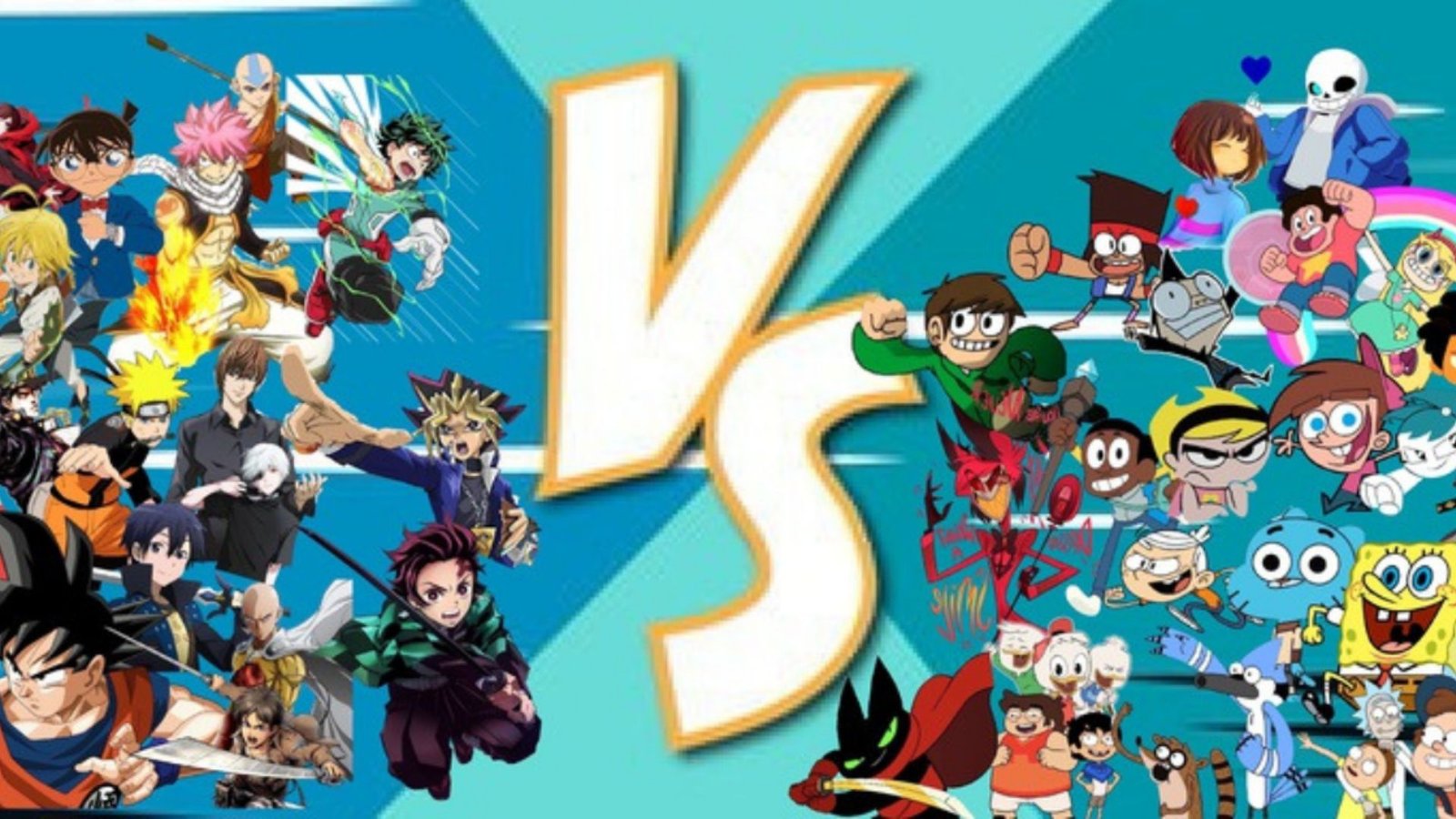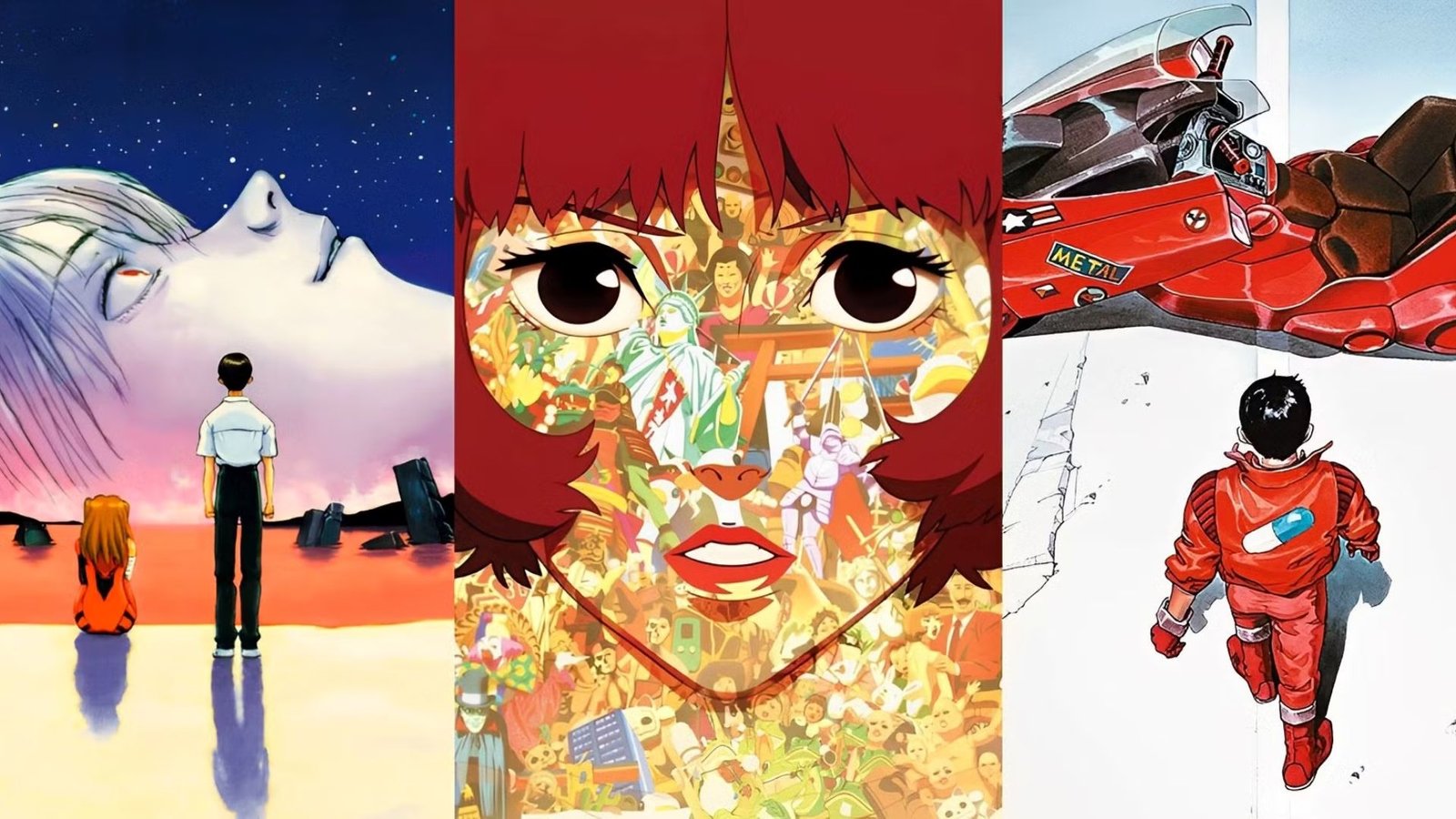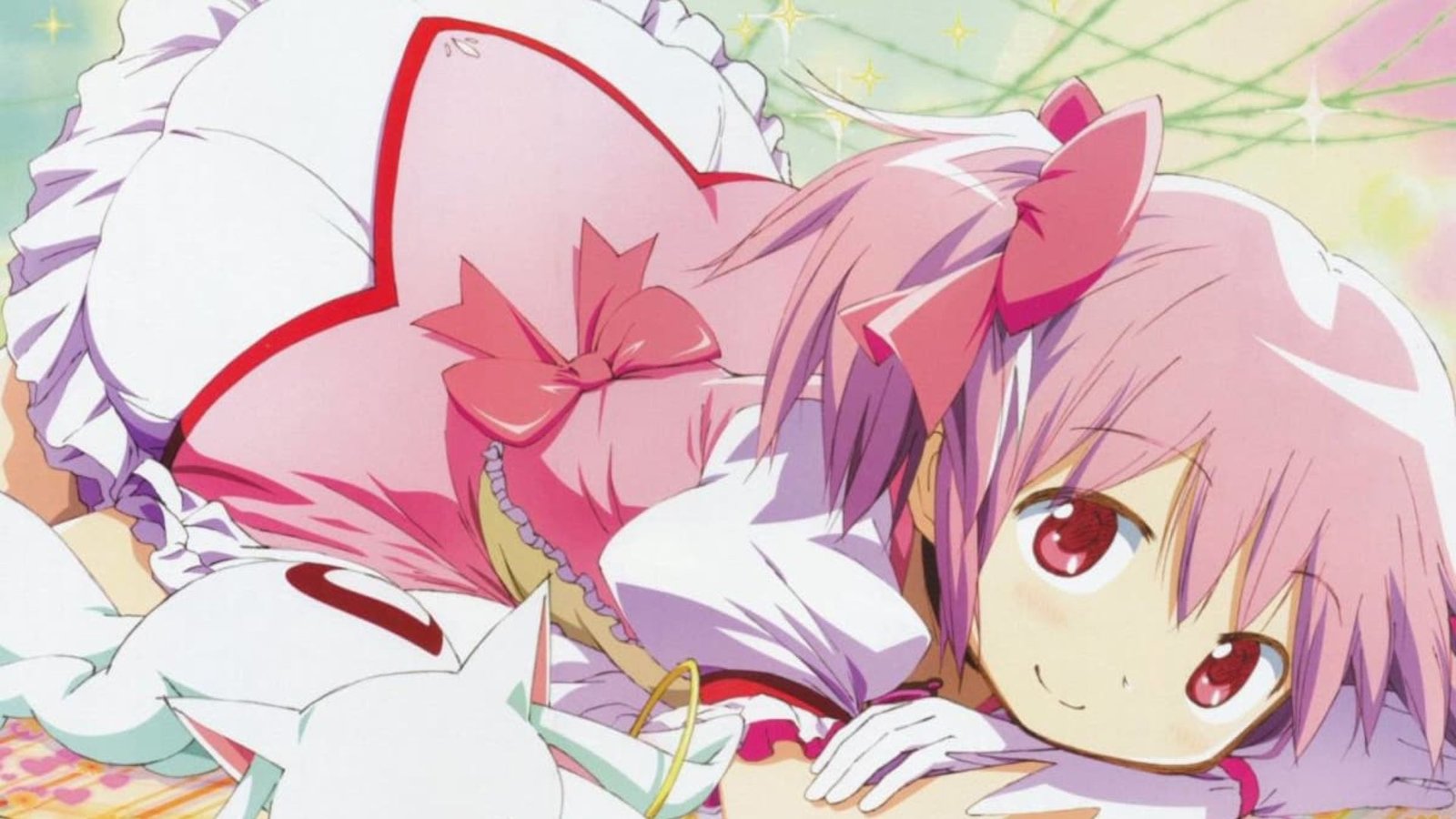Manga, the Japanese art of comic storytelling, has become a cultural staple, influencing not just the world of print, but also shaping the creation of anime. The relationship between manga and anime is a symbiotic one, where one medium inspires and enhances the other. This dynamic has led to the widespread popularity of both formats, each influencing the global entertainment landscape. In this article, we explore how manga has significantly influenced anime creation in areas like character design, storytelling, art style, and the pacing of the narrative.
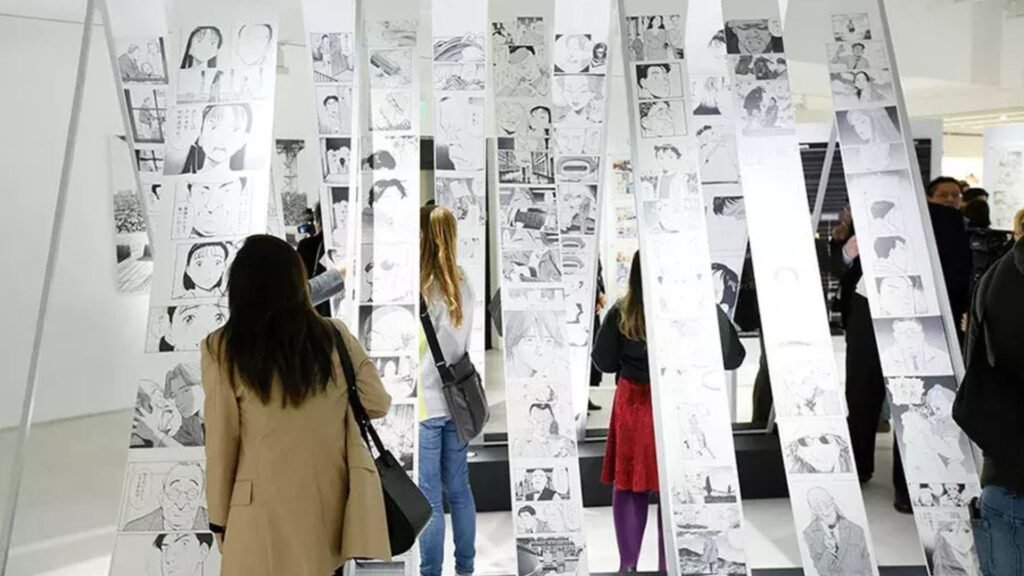
Manga as a Source of Inspiration for Anime
Manga has long been a primary source for anime production. Many anime series are adaptations of popular manga, where the stories and characters are brought to life with animation. The adaptation process is often a direct translation of the manga’s plot, but it can also include reinterpretations, adding new visual elements or modifying the pacing to suit the medium.
Key Points:
- Source Material for Anime: Popular anime such as Naruto, One Piece, and Attack on Titan are based on manga. These manga serve as blueprints, providing the story, character designs, and visual style that anime creators draw from.
- Influence on Plot and Themes: Manga offers deep, expansive stories that anime can’t always fully capture due to time constraints. However, it serves as a basis for developing plot twists, emotional beats, and character arcs in anime.
Character Design and Art Style
One of the most noticeable ways manga influences anime is through character design and visual aesthetics. The distinct art styles seen in anime often directly mirror the visual style of the manga they are adapted from. Manga often establishes the look and feel of characters and settings, which is then interpreted and enhanced through animation.
Key Aspects:
- Facial Expressions and Emotions: Manga artists use exaggerated facial expressions to convey emotions, a technique that anime often incorporates to emphasize comedic or dramatic moments. This helps create a more immersive experience.
- Detailed Character Designs: Characters in anime often retain the same unique features and outfits from the original manga, maintaining the creator’s artistic vision. The animation process brings these designs to life, emphasizing the small details that make characters stand out.
- Backgrounds and Settings: Manga provides richly detailed backgrounds that inform the environment of an anime.
Storytelling Techniques
From plot pacing to character development, the foundational structure established in manga serves as the blueprint for many anime productions.
Key Features:
- Pacing and Episodic Structure: Manga often unfolds its plot at a pace that builds gradually, allowing for more in-depth character development. Anime adaptations typically try to replicate this pacing, using episodes to explore subplots and side characters more thoroughly.
- Dialogue and Monologues: Manga allows for heavy use of internal monologues and dialogues, which can be difficult to translate directly into anime. However, skilled anime adaptations often preserve these narrative elements through voice acting, narration, or inner thoughts.
- Story Arcs: Manga introduces long-running story arcs that anime adaptations may follow closely. While an anime may condense or slightly alter these arcs, the fundamental plot remains the same, allowing fans to experience familiar beats from the manga.
Conclusion
The influence of manga on anime creation is undeniable, with manga serving as the foundation for countless anime series and films. From character design and art style to storytelling techniques and action sequences, manga provides the raw material that animators bring to life in unique and captivating ways. The synergy between the two mediums has allowed both manga and anime to grow together, each reinforcing and enhancing the other, creating a rich cultural experience for fans worldwide. As both art forms continue to evolve, the influence of manga on anime will remain a defining force in shaping future stories and visuals.



